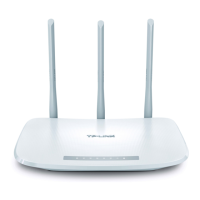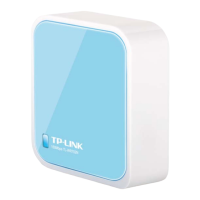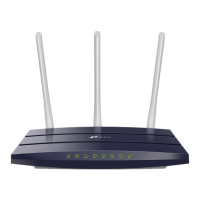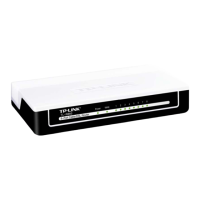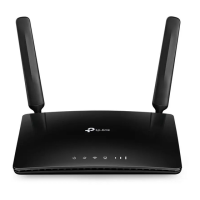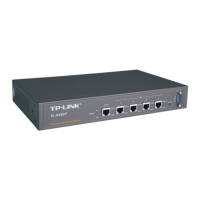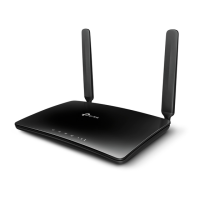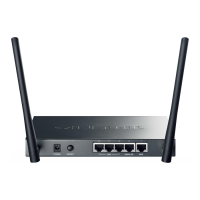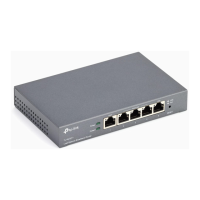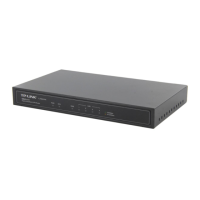36
Chapter 4
Configure the Router in Wireless Router Mode
• PPTP Pass-through: If enabled, it allows Point-to-Point sessions to be tunneled
through an IP network and passed through the router.
• L2TP Pass-through: If enabled, it allows Layer 2 Point-to-Point sessions to be tunneled
through an IP network and passed through the router.
• IPSec Pass-through: If enabled, it allows IPSec (Internet Protocol Security) to
be tunneled through an IP network and passed through the router. IPSec uses
cryptographic security services to ensure private and secure communications over
IP networks.
• FTP ALG: If enabled, it allows FTP (File Transfer Protocol) clients and servers to transfer
data via NAT.
• TFTP ALG: If enabled, it allows TFTP (Trivial File Transfer Protocol) clients and servers
to transfer data via NAT.
• H323 ALG: If enabled, it allows Microsoft NetMeeting clients to communicate via NAT.
• SIP ALG: If enabled, it allows clients communicate with SIP (Session Initiation Protocol)
servers via NAT.
4. 5. 2. Share Local Resources on the Internet by Virtual Servers
When you build up a server on the local network and want to share it on the internet,
Virtual Servers can realize the service and provide it to internet users. At the same time
Virtual Servers can keep the local network safe as other services are still invisible from
the internet.
Virtual Servers can be used for setting up public services on your local network, such as
HTTP, FTP, DNS, POP3/SMTP and Telnet. Different services use different service ports.
Port 80 is used in HTTP service, port 21 in FTP service, port 25 in SMTP service and port
110 in POP3 service. Please verify the service port number before the configuration.
Share my personal website I’ve built in local network with my
friends through the internet.
For example, the personal website has been built on my home
PC (192.168.0.100). I hope that my friends on the internet can
I want to:
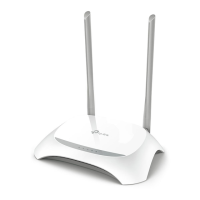
